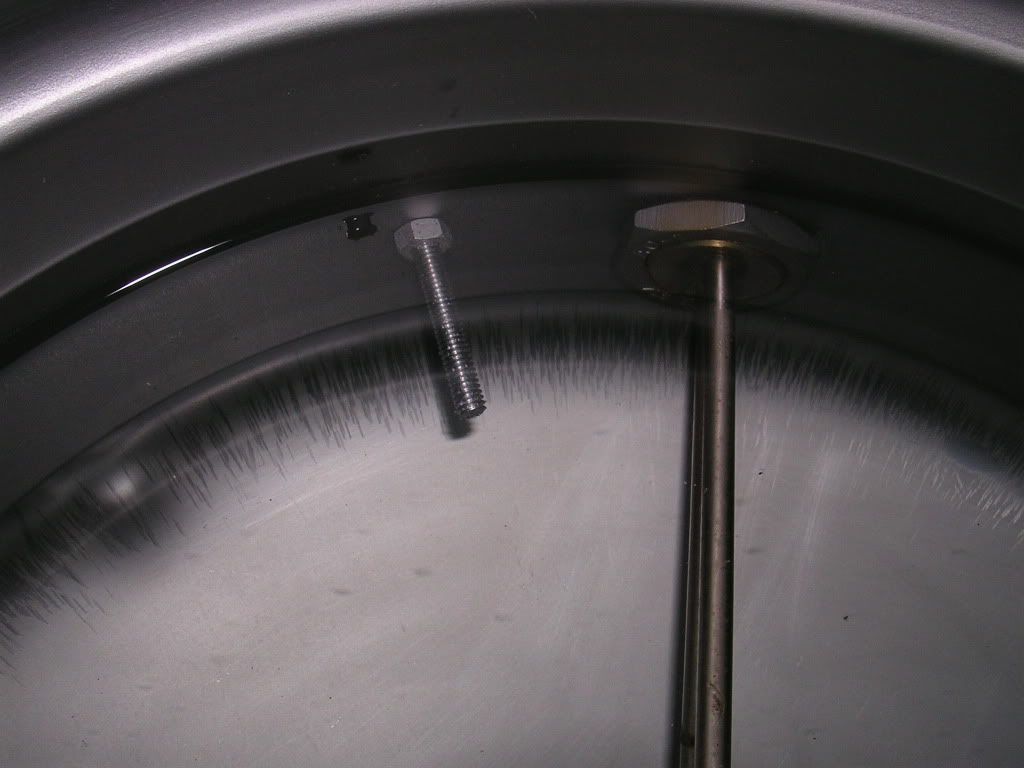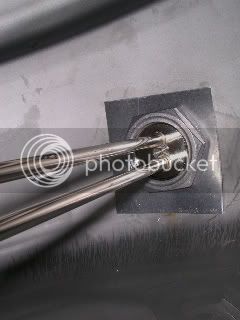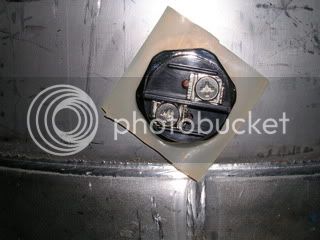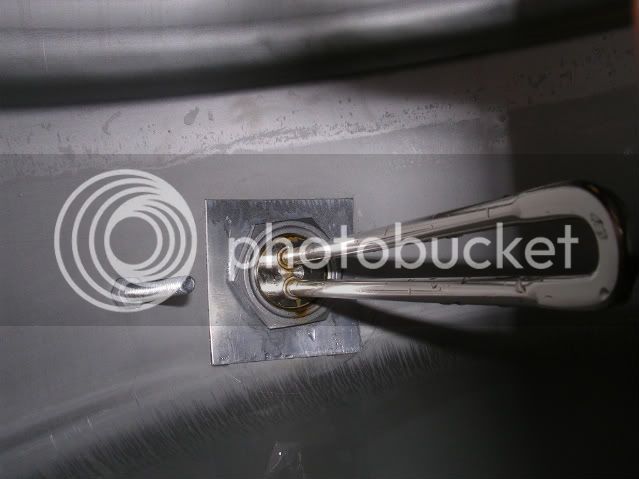shushikiary
Well-Known Member
Hi all, so I've been doing some reading about using eletric heating elements in SS kegs and ran into people talking about the mild steel face plate of the heating element rusting due to galvanic cathode reactions (like those in hot water heaters, go figure, lol).
I saw that some people put JB weld on the surface, one suggested POR-15 (http://www.por15.com/POR-15/productinfo/1GB/), and some have suggested a sacraficial anode such as an aluminum block or magnesium fire starter.
So I have a few questions about this. First off, if you put JB weld or POR-15 on just the face plate, wont you still get rust on the threads the water has access to inside the nut that holds the element on? Then if you do put it on the threads, you'll have to do it at the time of insersion in which it now becomes a fairly permanent installation (maybe get it out with a breaker bar? haha). I dont like the idea of it being permanent. But what if I plastered the thing in teflon tape to protect the threads?
I dont like the idea of sacraficial anodes because I'm worried about the added magnesium or aluminum ions floating around in the water/wort that might effect the taste of the beer (I suppose the aluminum anode would effect taste less), or are the concentrations of the ions so low that it doesnt matter?
The other crazy idea I had, though kind of expensive, is a powered anode such as: http://www.sdsmarket.com/9006247005_Powered_Anode_Rod_Short_p/powered_anode-short.htm
A little expensive I know, BUT then you have no metal ions running around and no galvanic reactions.
I'm trying to find the best solution for the price. I could build my own powered anode from scratch if I could get a schematic for one, but I cant seem to find one (much cheaper than buying one I bet).
I wouldnt mind using the POR-15 solution (it seems to be a nice one) but I dont want a permanent instalation, and just doing the face plate I'm worried about rusting the threads.
Oh, and here's the elements I'll be using: (the normal camco ones) http://www.ronshomeandhardware.com/5500W-240V-Ripp-Element-p/808790.htm
Are there any better idea's/solutions per cost? or are my pressent concerns not valid?
thanks!
I saw that some people put JB weld on the surface, one suggested POR-15 (http://www.por15.com/POR-15/productinfo/1GB/), and some have suggested a sacraficial anode such as an aluminum block or magnesium fire starter.
So I have a few questions about this. First off, if you put JB weld or POR-15 on just the face plate, wont you still get rust on the threads the water has access to inside the nut that holds the element on? Then if you do put it on the threads, you'll have to do it at the time of insersion in which it now becomes a fairly permanent installation (maybe get it out with a breaker bar? haha). I dont like the idea of it being permanent. But what if I plastered the thing in teflon tape to protect the threads?
I dont like the idea of sacraficial anodes because I'm worried about the added magnesium or aluminum ions floating around in the water/wort that might effect the taste of the beer (I suppose the aluminum anode would effect taste less), or are the concentrations of the ions so low that it doesnt matter?
The other crazy idea I had, though kind of expensive, is a powered anode such as: http://www.sdsmarket.com/9006247005_Powered_Anode_Rod_Short_p/powered_anode-short.htm
A little expensive I know, BUT then you have no metal ions running around and no galvanic reactions.
I'm trying to find the best solution for the price. I could build my own powered anode from scratch if I could get a schematic for one, but I cant seem to find one (much cheaper than buying one I bet).
I wouldnt mind using the POR-15 solution (it seems to be a nice one) but I dont want a permanent instalation, and just doing the face plate I'm worried about rusting the threads.
Oh, and here's the elements I'll be using: (the normal camco ones) http://www.ronshomeandhardware.com/5500W-240V-Ripp-Element-p/808790.htm
Are there any better idea's/solutions per cost? or are my pressent concerns not valid?
thanks!







